
It has been a long time since I dedicated an article to talk about the world of the seventh art so in today's I am going to recreate a lot. As many of you know, I am a fan of the work of Tim Burton and I could not continue delaying any more an article dedicated to the analysis (quite simple for reasons of space, yes) of his aesthetics and the foundations of his technique. In particular, today I am going to focus on one of the many influences that our artist has received, more specifically the influence of the German Expressionist school.
I remind you that Expressionism it is an artistic trend whose cornerstone and base concept is the expression of excessive, clean, human emotions and far from objective and rational representation. Perhaps that is what makes it so attractive, the human, warm and primitive character that it contains. Reality (or what we are told is reality) doesn't matter. What matters is the interior and the internal dimension of the human beings and characters represented. You will seek to achieve emotion at all costs and using the most artistic strategies and elements. Below I present a series of defining characteristics of this current. If I see that these types of articles arouse interest in you, I will write about film and narrative analysis more often. After all, cinema is a form of design and its connection with graphics is totally direct.
Scenography
The treatment that expressionism gives to the scenography is possibly one of the most important nuclei of the expressive strategy of its discourse. Generally, the films were shot on sets and the spaces were not treated with a real depth but rather the painted curtain was used in the backgrounds. The oblique lines drew impossible scenarios, almost labyrinthine. The shafts were breaking vertiginously with spiral shapes, achieving an unstable environment, on the verge of breaking. The scenarios acquired a psychological character, an emotional representation of the characters and the tint of the story itself. In this way it was represented the complexity of the human psyche and the different internal planes of the individual. Good examples of them were Genuine or From dawn to midnight. There were also exceptions such as Lang's Metropolis which was shot in natural settings. Nowadays, with the use of digital and computer techniques, the capacity for creation has increased considerably.
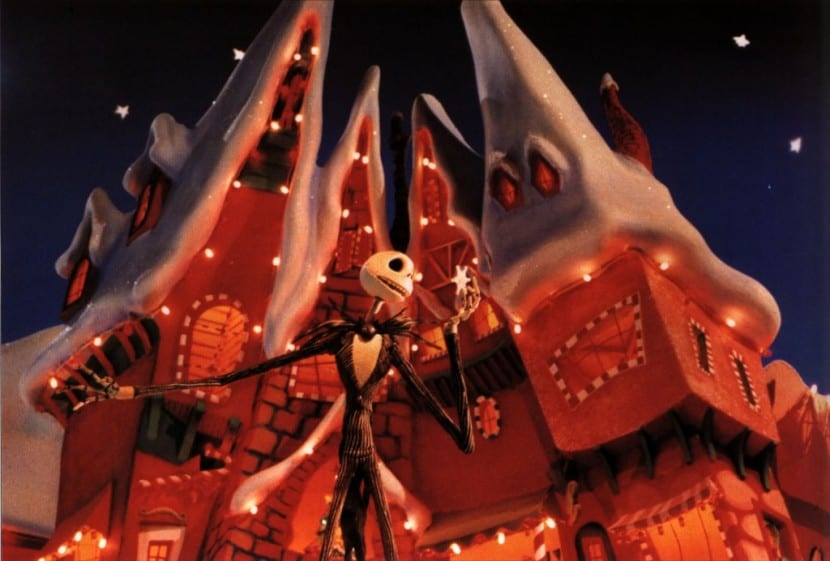
The lighting
The chiaroscuro understood as the technique to accentuate the contrast between the lights and the shadows provided an underline of the reliefs and the outline of the objects, physical features and scenes. The antecedent of the illumination of the expressionism is in the illumination of the theaters of Mac Reinhardt. The lighting was centered on the base of the stage to underline the forms and enhance that giddy, uncontrollable and human feeling at the same time. The use of large projectors on the sides of the stages and the design of sets with large projections made the task easier. Good examples would be Metropolis or La Muerte Tired, both by F. Lang. This trait occurs in most Tim Burton films.

The natural landscape and the study
The expressionist conception of space is tremendously interesting. For our artists it was nothing more than an extension of the characters. Space was another dimension of the beings they represented and both made up an indivisible unit. Between the protagonists and the spaces they occupied existed too primitive, deep, intimate ties; that the viewer had the fortune to contemplate and even inhabit. The perfect communion between both elements was produced through the construction of artificial landscapes that seemed to be a reflection of the internal universe of individuals. This acts as we have already said before as a tremendously characteristic element, of vital force and expressive power that we should never overlook. Thanks to these constructions we can literally enter the emotional universe, in the most etheric or abstract matter of our figures, we can really understand them, or better yet, we can feel what they feel, experience their most intimate emotions with total clarity. Generally, there was a tendency to develop the constructions and settings under study logically due to the possibility of construction and artistic manipulation, but there are also some exceptions.
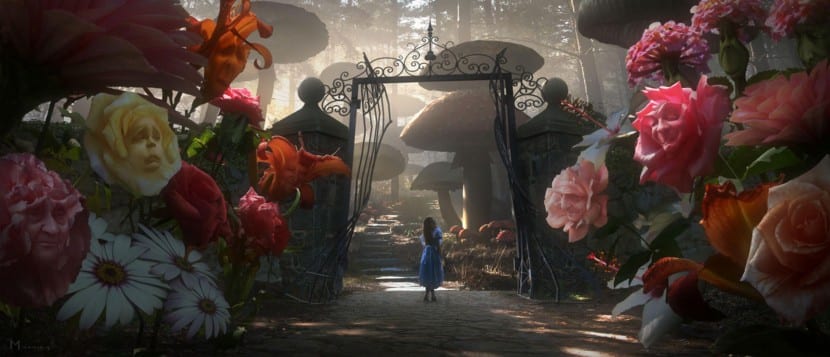
Characters
The configuration of the characters has a direct relationship with the more romantic literature. Ambiguity, doubling and versatility will be essential features in this construction. Love will be the main axis of influence and the background of the plots. What will move the characters and will make them evolve is the cause of their suffering (which will be treated naturally and crudely). An important characteristic in the development of this evolution will be the treatment of a catastrophic outcome or at least one tending towards a bitter end. The psychological and even physical darkness of the characters will be a recurring one, although this sinister aspect will often be accompanied by a gentle, inoffensive personality. In this way, appearances and inconsistencies between the formal or physical configuration of the characters and their internal universe will be played. In fact, those characters that are apparently harmless will have a dangerous, macabre background. References to evil and the devil will also be widely used to play in a dual dialectic. Good and evil, love and fear, they will be essential ingredients. The cabinet of Dr. Caligari is a good example of this.
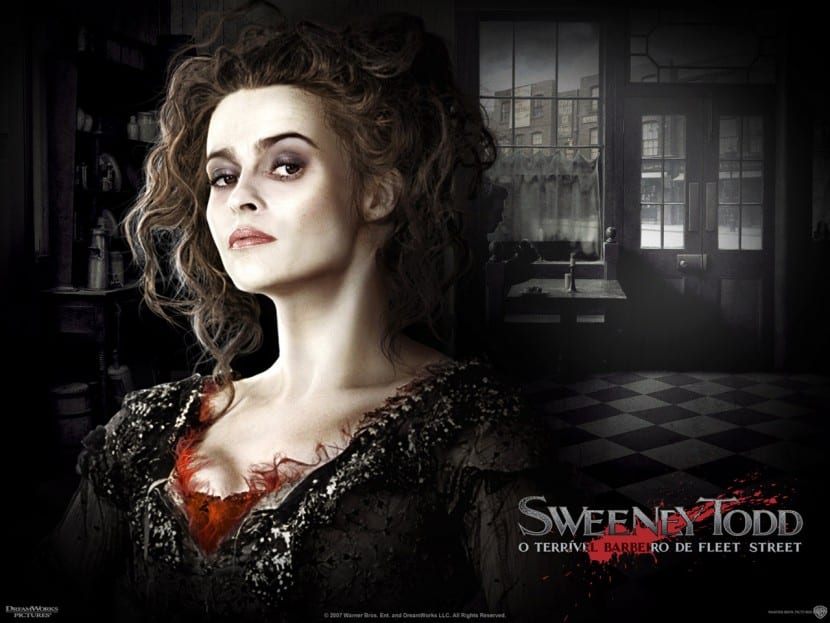
Costumes
Together with the scenography, it will constitute one of the expressive pillars par excellence. Capes, hats, goblets, white makeup and quirky items will serve as the right vehicle to convey human concepts, emotions and dimensions. The texturing will be important and in the same way that the sets have protrusions and indentations, the skin of our characters will also do it.
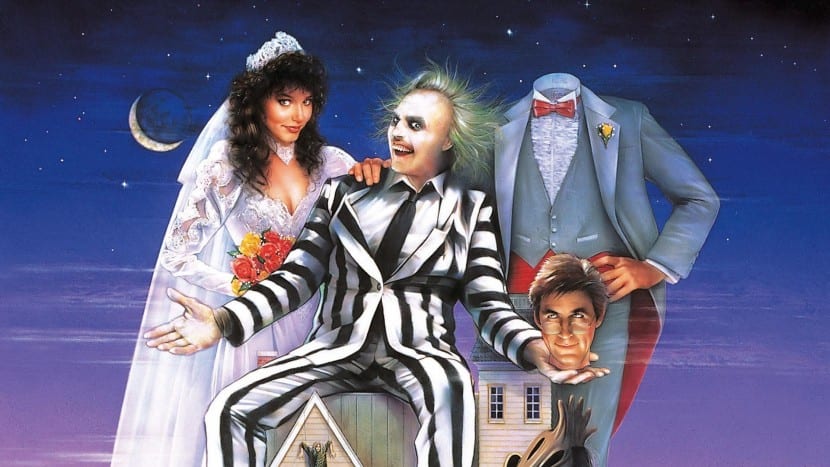
Interpretation
We found a quite theatrical representation and acting direction. The intensity of the movements of the characters, the exaggerated gesticulation, the choreographic treatment as well as the games with proxemics and kinesics will be taken to the extreme. Toughness, strength and clean emotions that emerge without any kind of repression will be the trump card that will lead our most gloomy heroes through the limits of emotion and narrative.
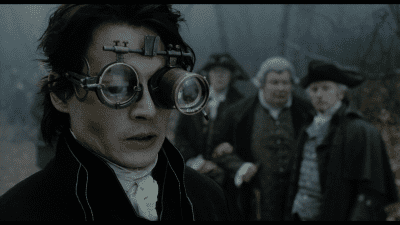
The shadows
Symbology adopts classic concepts such as light and dark. The darkness, the black and gloomy will speak in the mouth of the threatening, as an omen of danger, the density of horror or even melancholy. Light will appear on rare occasions to treat pure emotions such as love or calm. The shadows of the characters will be manifested in their heyday, swarming the walls, giants, full of power and knowledge about history. Examples? Specters of 1916 or The Cabinet of Dr. Caligari.
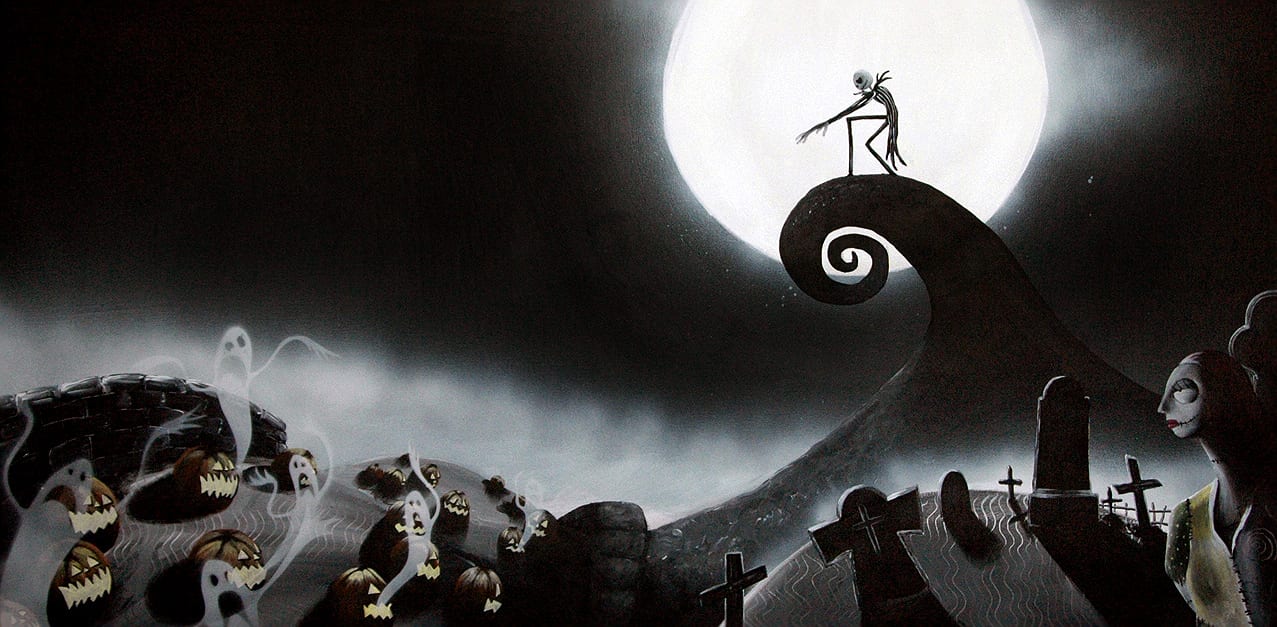
Tim Burton and expressionism
After analyzing the most characteristic elements of German Expressionism, we will have no doubt about its strict influence on the great Tim Burton. Lights and shadows, silhouettes, purely delusional scenography, use of low-angle shots, dark characters ... Here is a proof of all this in video form!